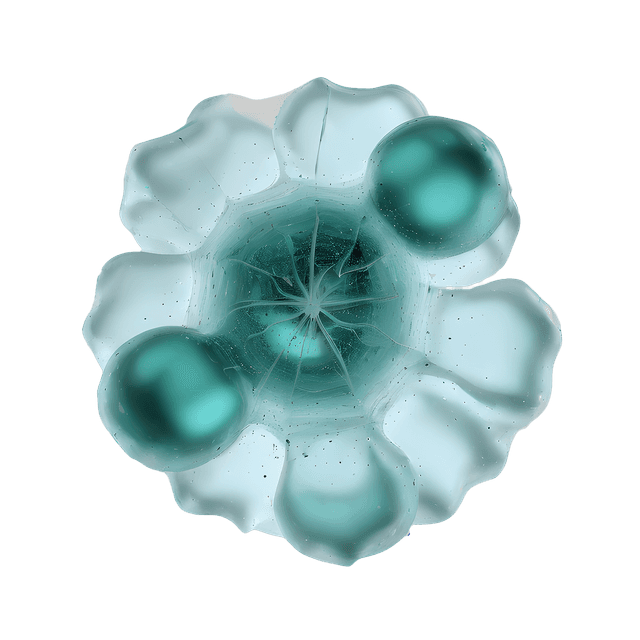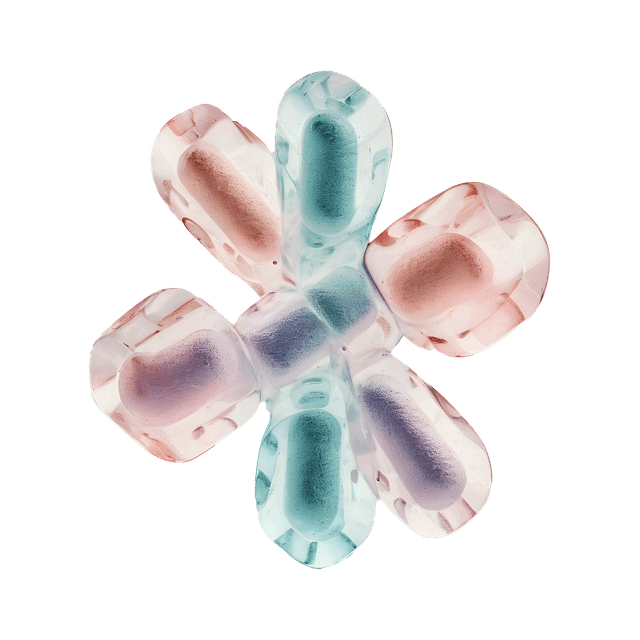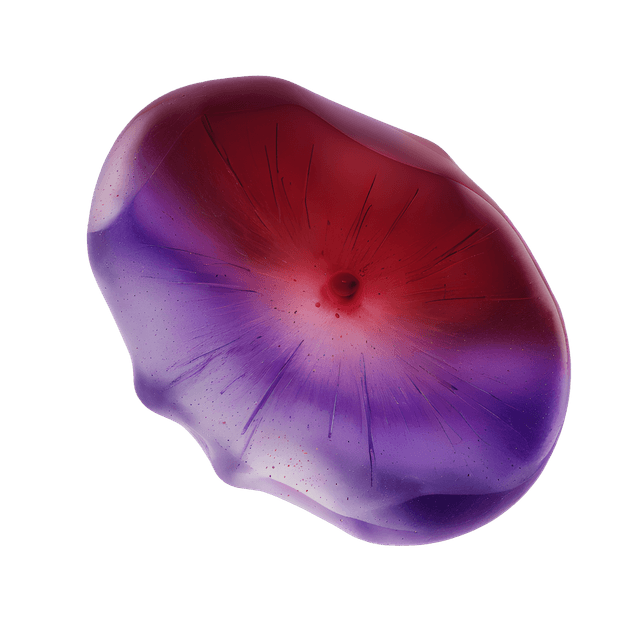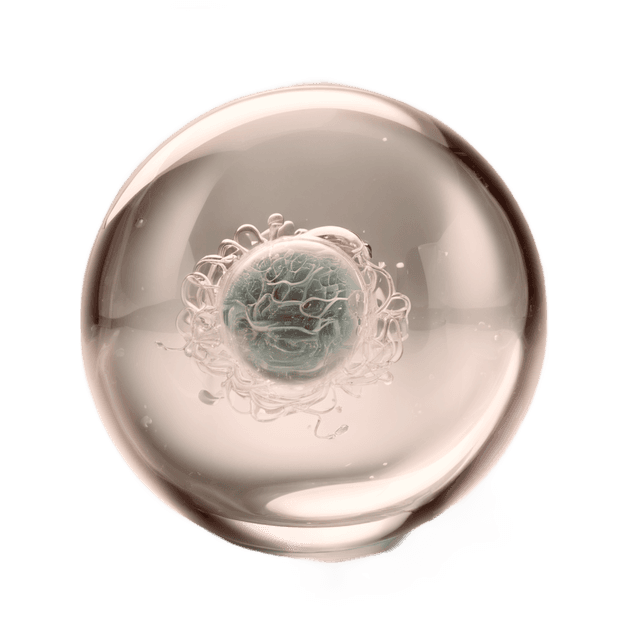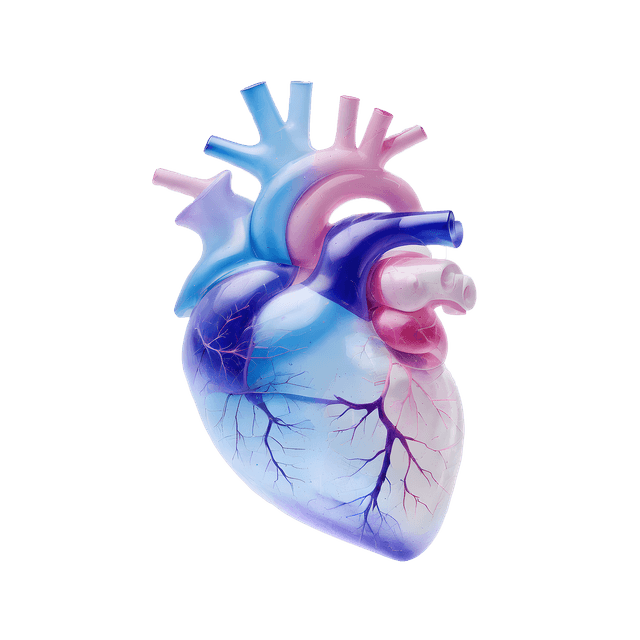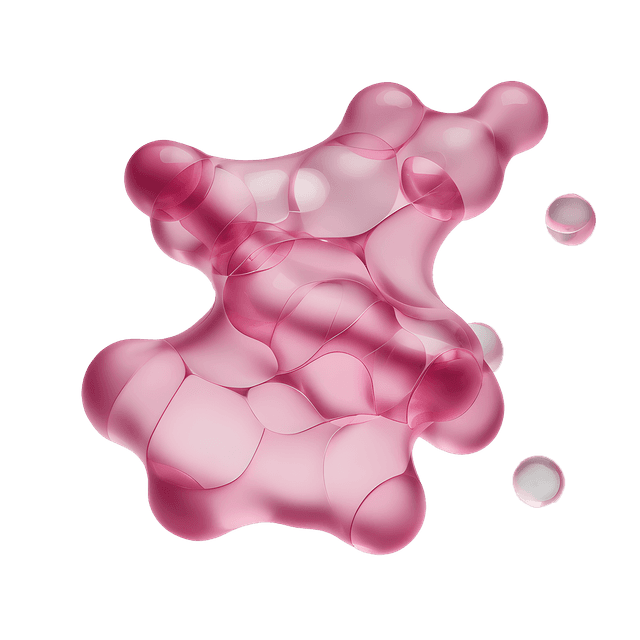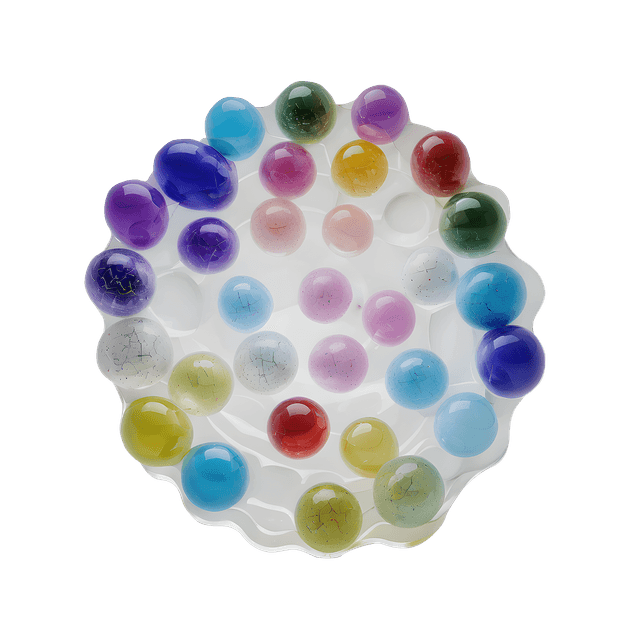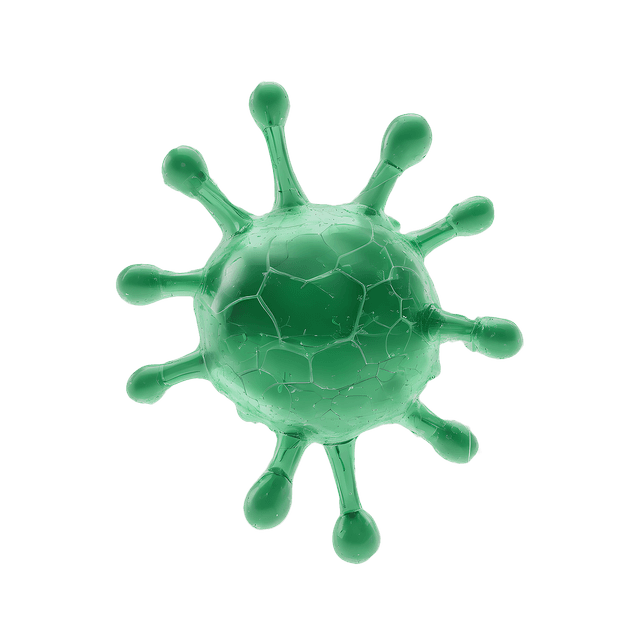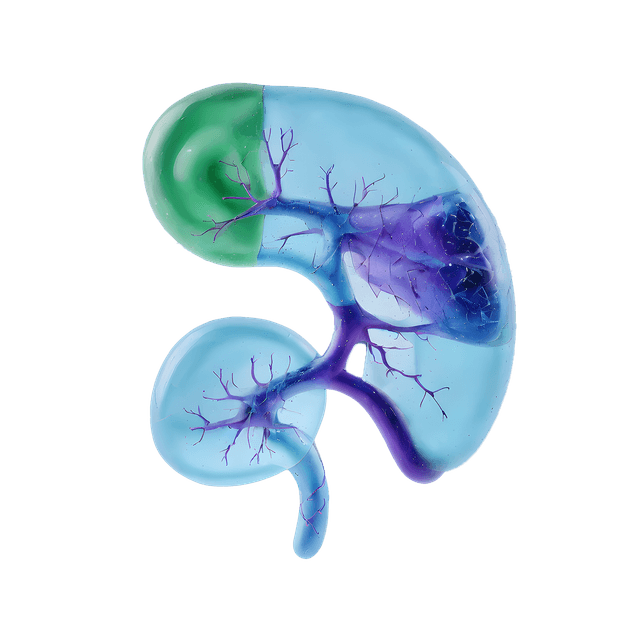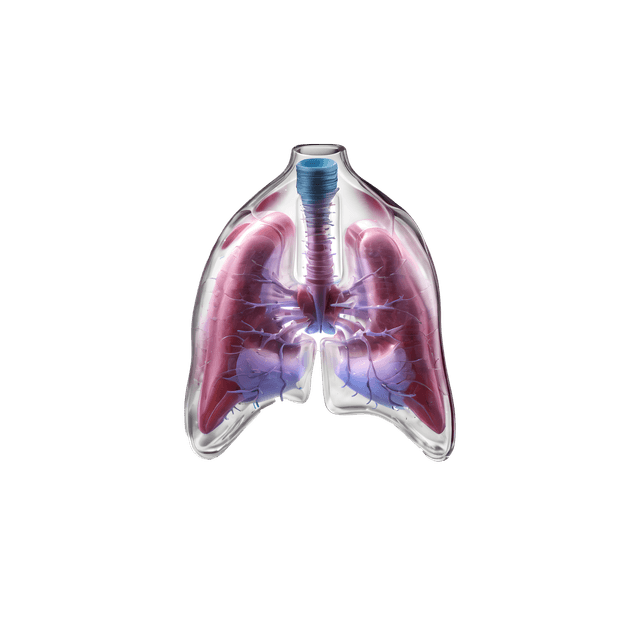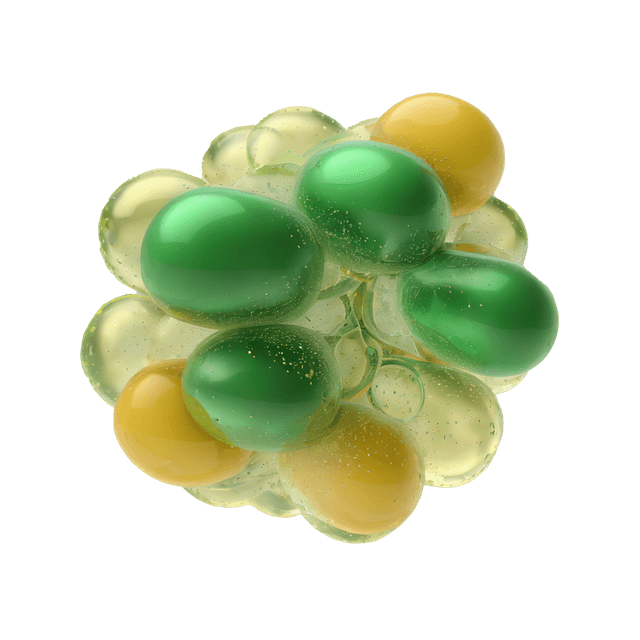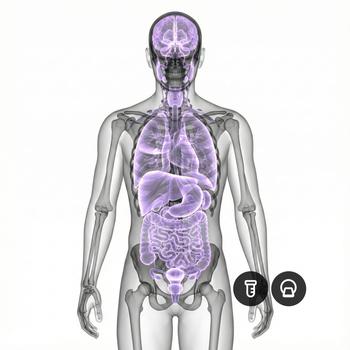Quick version
The ovaries are located on either side of the uterus and regulate vital aspects of a woman's reproductive health, such as egg production and hormone levels.
- Produce eggs and help them mature
- Produce estrogen and progesterone
- Play a crucial role in menstruation and fertility
- Pain may be caused by cysts, PCOS, endometriosis, or cancer
- Often examined through gynecological examination and ultrasound
What are the ovaries?
The ovaries, also called the ovaria, are two small almond-shaped organs located on either side of the uterus. The ovaries form and release egg cells and produce important hormones that regulate the menstrual cycle. The function of the ovaries plays a major role in a woman's fertility and overall health.
What is the function of the ovaries?
The function of the ovaries is to produce egg cells, help the egg mature, and then release it. Each month, an egg matures in one of the ovaries, is released during ovulation, and travels down into the fallopian tube. They also produce hormones that regulate the uterine lining and other parts of the reproductive process.
Hormone production in the ovaries
The ovaries mainly secrete estrogen and progesterone, which affect everything from menstruation and pregnancy to bone health and mental well-being. An imbalance of these hormones can lead to various symptoms and conditions; they play a central role in a woman's fertility.
Ovulation and fertility
Women are born with their full egg reserve — all the egg cells are already present in the ovaries at birth. The number of eggs gradually decreases throughout life until menopause. Typically, ovulation occurs once a month, and if the egg is not fertilized, hormonal changes lead to menstruation that expels the egg. Irregular ovulation, low ovarian reserve, or poor egg quality are common causes of infertility.
What causes pain in the ovaries?
Pain in the ovaries is common and can have several causes. The most common reason is ovulation — when the egg is released, a temporary, dull pain may occur in the lower abdomen. The pain may also be due to ovarian cysts, which are fluid-filled sacs that can sometimes grow and cause pressure or discomfort.
In polycystic ovary syndrome (PCOS), hormonal imbalances can lead to irregular ovulation as well as persistent pain or a feeling of heaviness in the pelvis. Endometriosis, a condition where uterine tissue grows outside the uterus and attaches to the ovaries, can cause severe menstrual pain and chronic pelvic pain. In more rare cases, ovarian pain may be due to more serious conditions such as ovarian cancer or ovarian torsion, where the ovary twists and cuts off blood flow — an acute condition that requires immediate medical attention.
How is an ovarian examination performed?
To investigate ovarian pain or fertility issues, a gynecological examination, ultrasound, or hormone tests are performed. If more detailed information about the tissue composition is needed, a pelvic magnetic resonance imaging (MRI) can be helpful.
Relevant symptoms
- Pain in the lower abdomen
- Irregular menstruation
- Swelling or pressure in the pelvis
- Fertility problems
- Hormonal symptoms such as acne or hair growth
Related conditions and diagnoses
- Uterine cancer
- Endometriosis
- PCOS
- Premature ovarian insufficiency
- Menopausal symptoms



